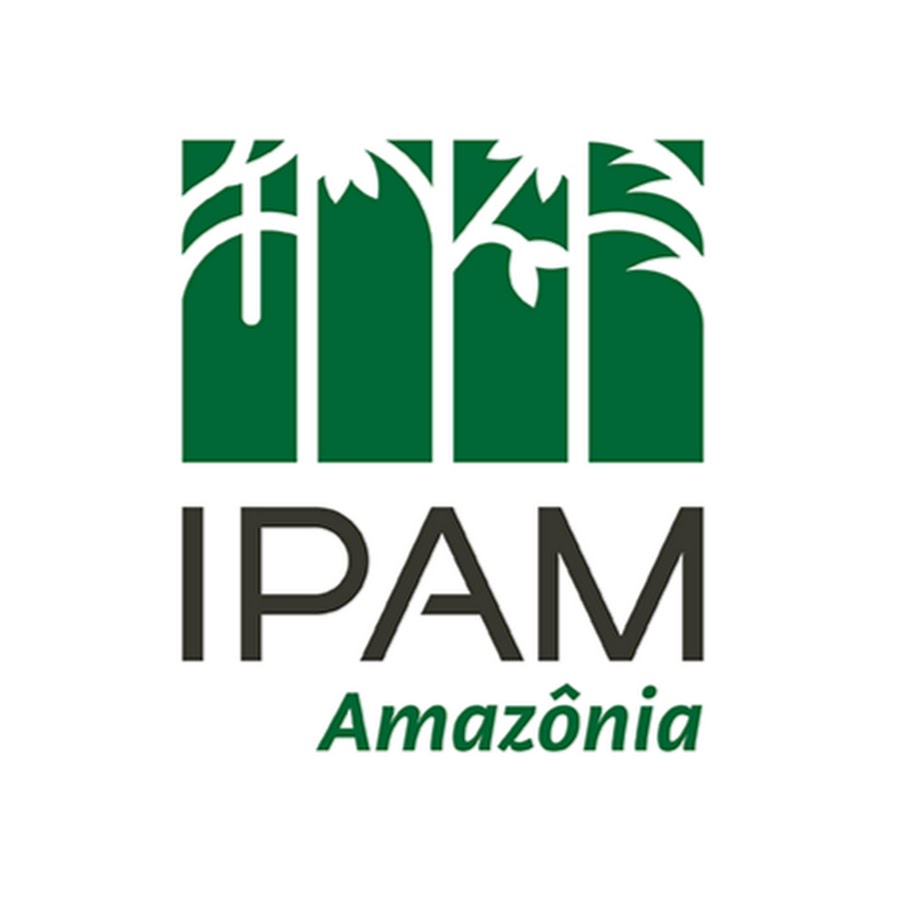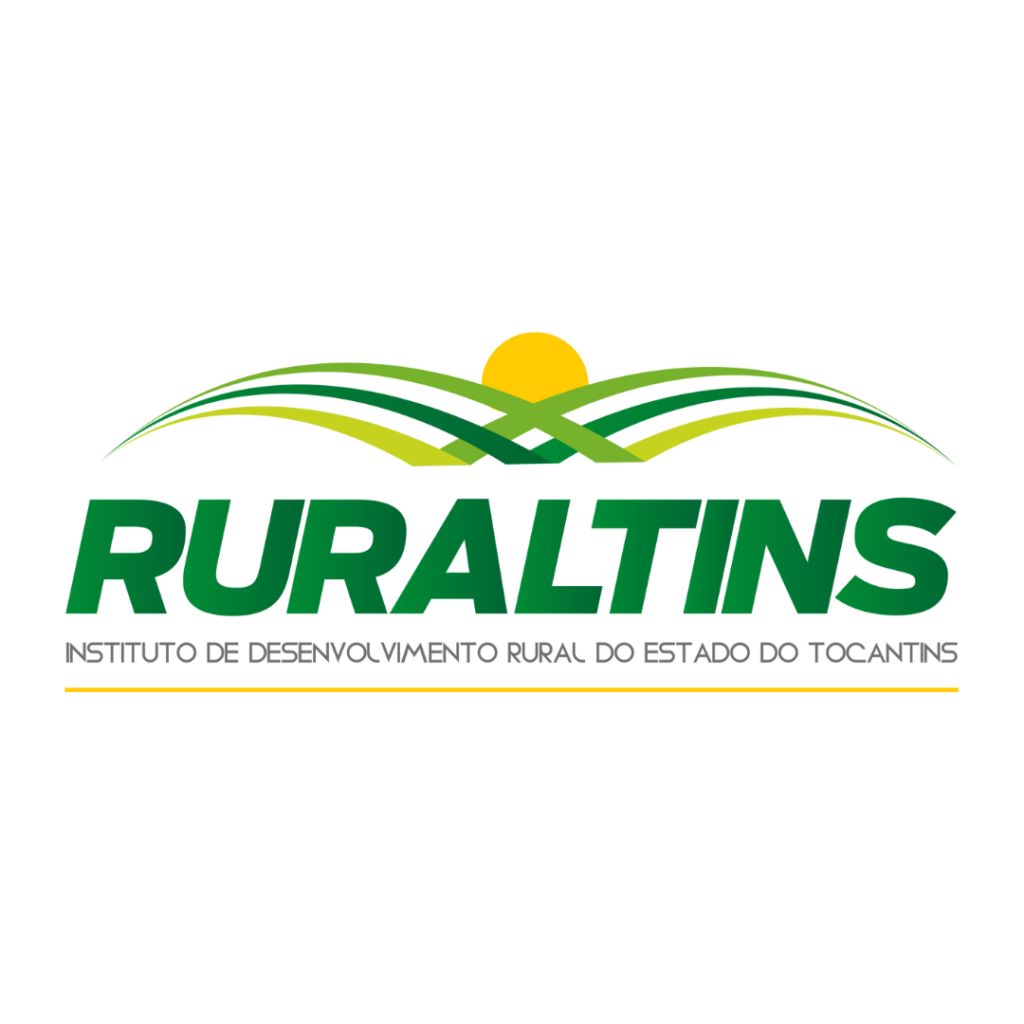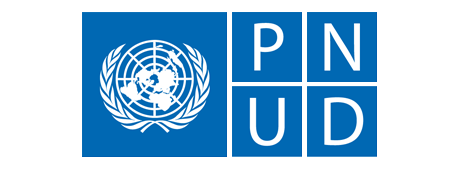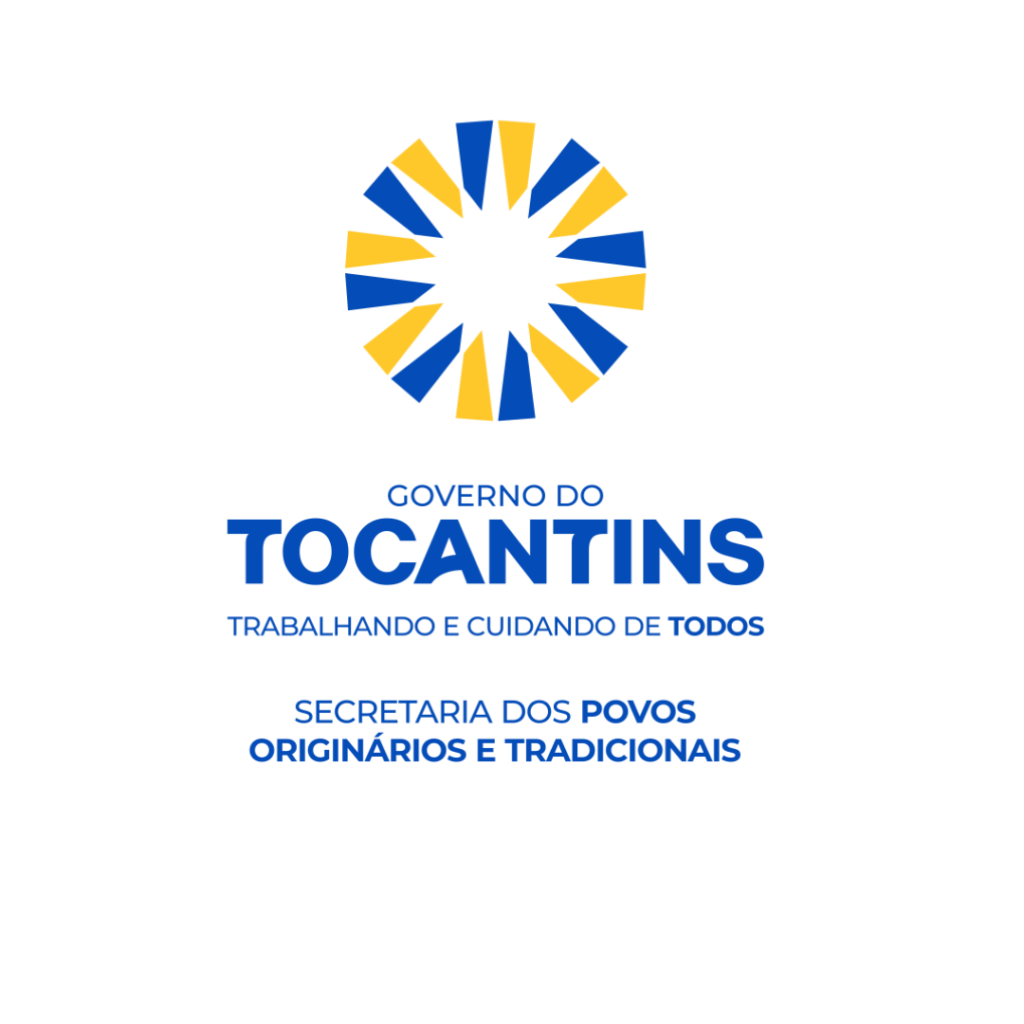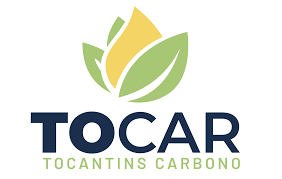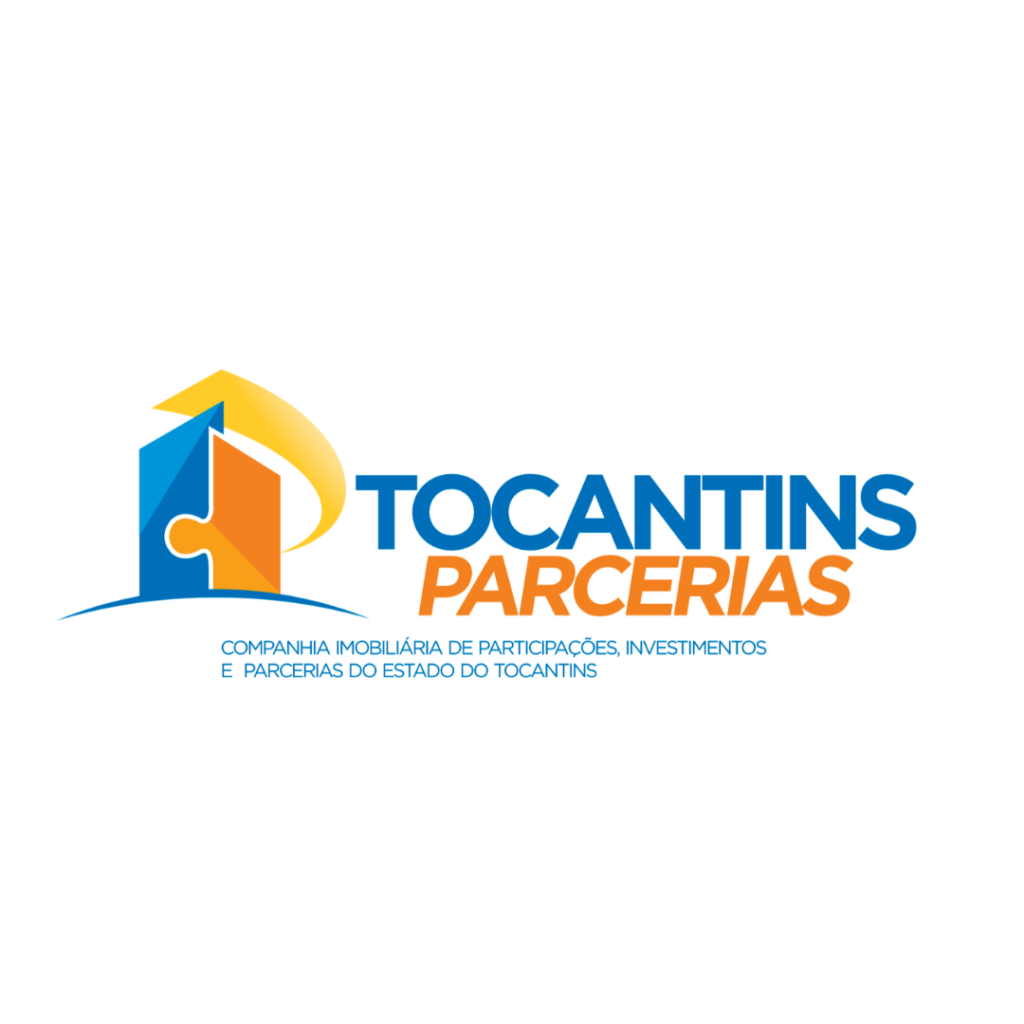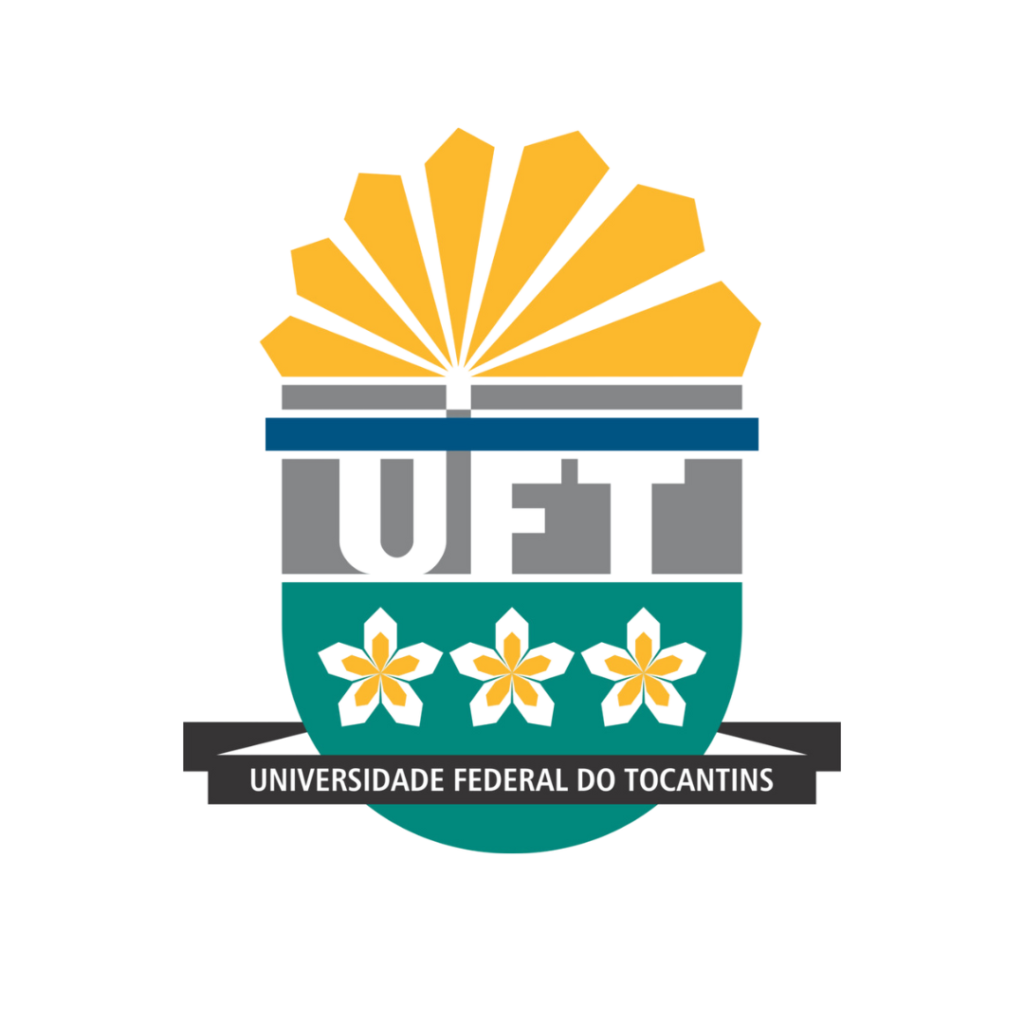The Tocantins Jurisdictional REDD+ Program (JREDD+) is a pioneering initiative that values forest conservation and the reduction of greenhouse gas emissions from land use and the forestry sector.
The jurisdictional program covers the entire area of the State, or 22.74 million hectares, with a forest area of around 11 million hectares in the Amazon and Cerrado biomes.

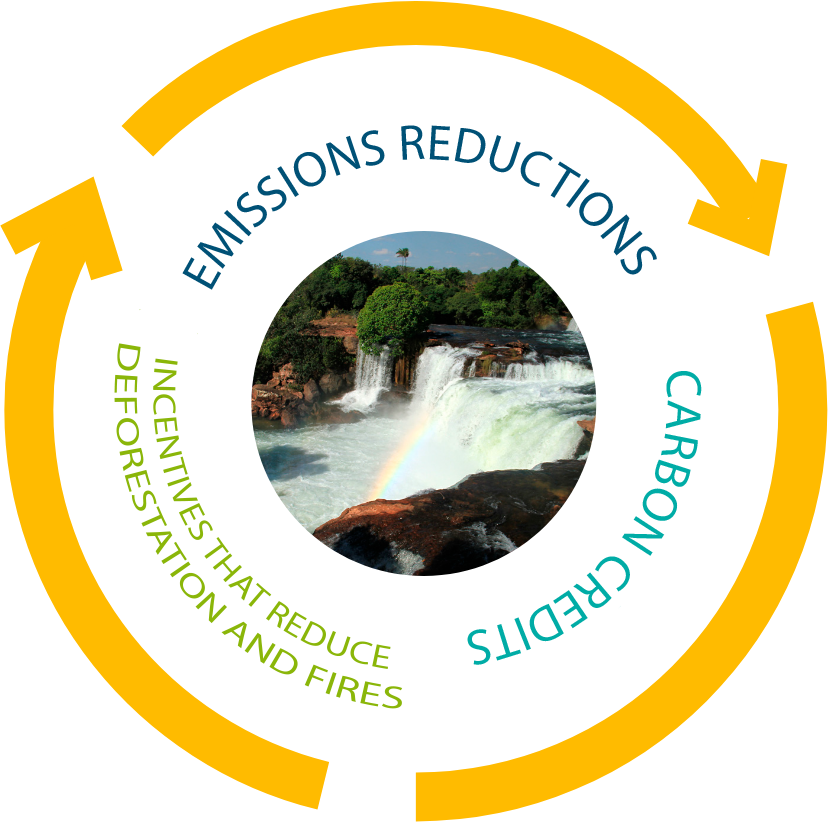
By avoiding deforestation and degradation of its native forests, the State reduces its greenhouse gas (GHG) emissions, effectively combating climate change.
When the State submits its Jurisdictional REDD+ Program (JREDD+) results for standard certification, they undergo a rigorous validation and verification process. As a result, the reductions become eligible for carbon credits that can be sold on the voluntary market and financially reimburses the State. Payment is then reinvested by the State to finance the transition to a sustainable economic development model that is concurrently capable of generating income, ensuring food security, conserving ecosystem services and mitigating climate change.
Action plan(s) describing the REDD+ steps implemented to combat deforestation and forest degradation, and promote conservation within the jurisdiction.
Structures, forums, and collegiate bodies, formed by governmental and non-governmental entities which allow broad social participation and joint construction of the Program.
A set of processes and data used to quantify and monitor GHG emissions in the State to track the results of the program.
A set of principles, guidelines, and mechanisms created to ensure that REDD+ actions do not cause adverse social and environmental impacts.
A mechanism that defines how the financial and non-financial resources generated by the program will translate into benefits for the different stakeholders who contributed to the program’s results.

hectares of forests

invested

Proceeds from the sale of jurisdictional carbon credits are distributed among all sectors that contribute to reducing deforestation and forest degradation, through so-called benefit sharing.
By implementing REDD+ actions, assuming the costs for generating jurisdictional carbon credits, and promoting the fair distribution of benefits, the State allows the benefits of the Jurisdictional Program to reach those who are unable to have an individual REDD+ project.
The program also allows individual REDD+ projects to exist within the State’s territory. To avoid duplicate counting of carbon credits, developers of private projects must communicate the existence of these initiatives by registering their projects in the state database.

To maximize benefits, proceeds from the sale of jurisdictional carbon credits will be invested in subprograms for all groups and sectors that contribute to emissions reduction results, represented by each color of the Program logo. Details about the distribution of benefits in 2025 after broad consultation with all interested parties.





